Views: 45
Musical Artists who have died. Below are songs by musical greats who have died before their time. Most shouldn’t have. They’re gone, but their music isn’t. Enjoy.
![]()

Views: 45
Musical Artists who have died. Below are songs by musical greats who have died before their time. Most shouldn’t have. They’re gone, but their music isn’t. Enjoy.
![]()
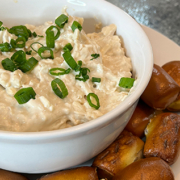
Views: 23
![]()
Views: 13
Chicken with Sun-Dried Tomato Cream Sauce.
This dish is a guaranteed favorite!
Ingredients
Instructions
![]()

Views: 10
Make these amazing steak crostini for an appetizer that will impress and delight everyone! Featuring wonderful French bread topped with succulent steak, this is a fancy finger food hit that’s perfect for all occasions. It’s a delicious steak hors d’oeuvre that’s sure to impress! Check out our video and instructions below to learn how to make this delicious, easy party appetizer!
Ingredients.
Did you know crostini means “little toasts” in Italian. Crostini are small, thin slices of toasted bread which can be topped with any combination of spreads and toppings.
![]()

Views: 16
How about a chocolate treat?
There’s nothing quite like chocolate. Indulge your taste buds with this decadent recipe.
Chocolate Turtle Cake.
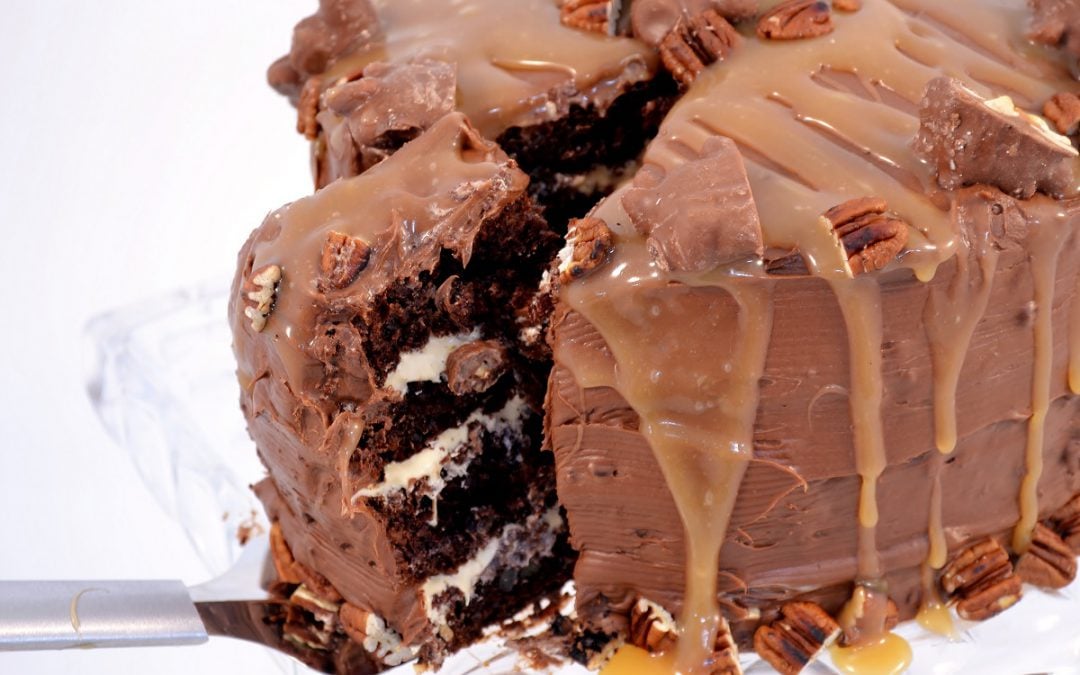
Skip the bakery and make an incredible, opulent chocolate turtle cake at home. Layers of chocolate and frosting topped with caramel and turtle pieces make for a heavenly dessert that everyone will love. Take a look at the video or written instructions below to learn how to make this unbelievable chocolate cake for your friends and family!
Ingredients.
Directions.
![]()
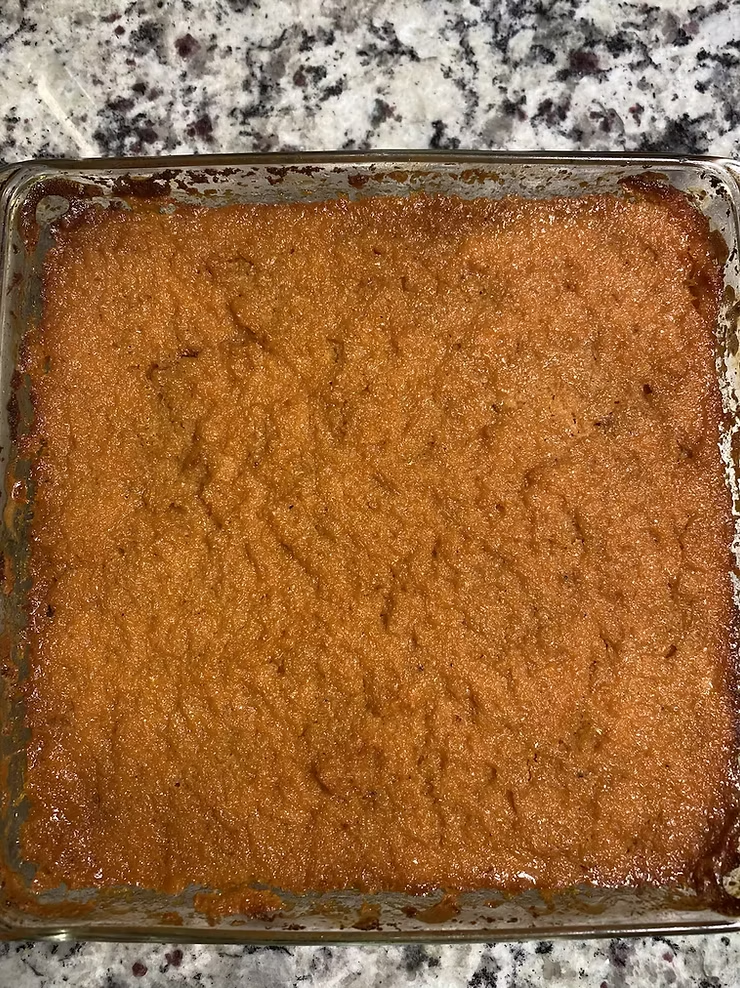
Views: 21
Old Fashioned Grated Sweet Potato Pudding.
An old fashioned grated sweet potato pudding is a labor of love. The hardest part is grating the sweet potatoes which my mother always did by hand. You can certainly a food processor but it is key to grate the sweet potatoes really fine. You don’t want to boil or bake the sweet potatoes because it changes the texture of the dish. If you have the time, this dish is certainly one that you should have on your holiday dessert table.Enjoy it as a dessert but you can also make it as a side dish.

![]()

Views: 25
Valentines Day with Pictures.
It’s our yearly Valentines Day Pictures. We have a few of the decorations. Not much but you can post some if you wish.
Post even a song or two if you wish.

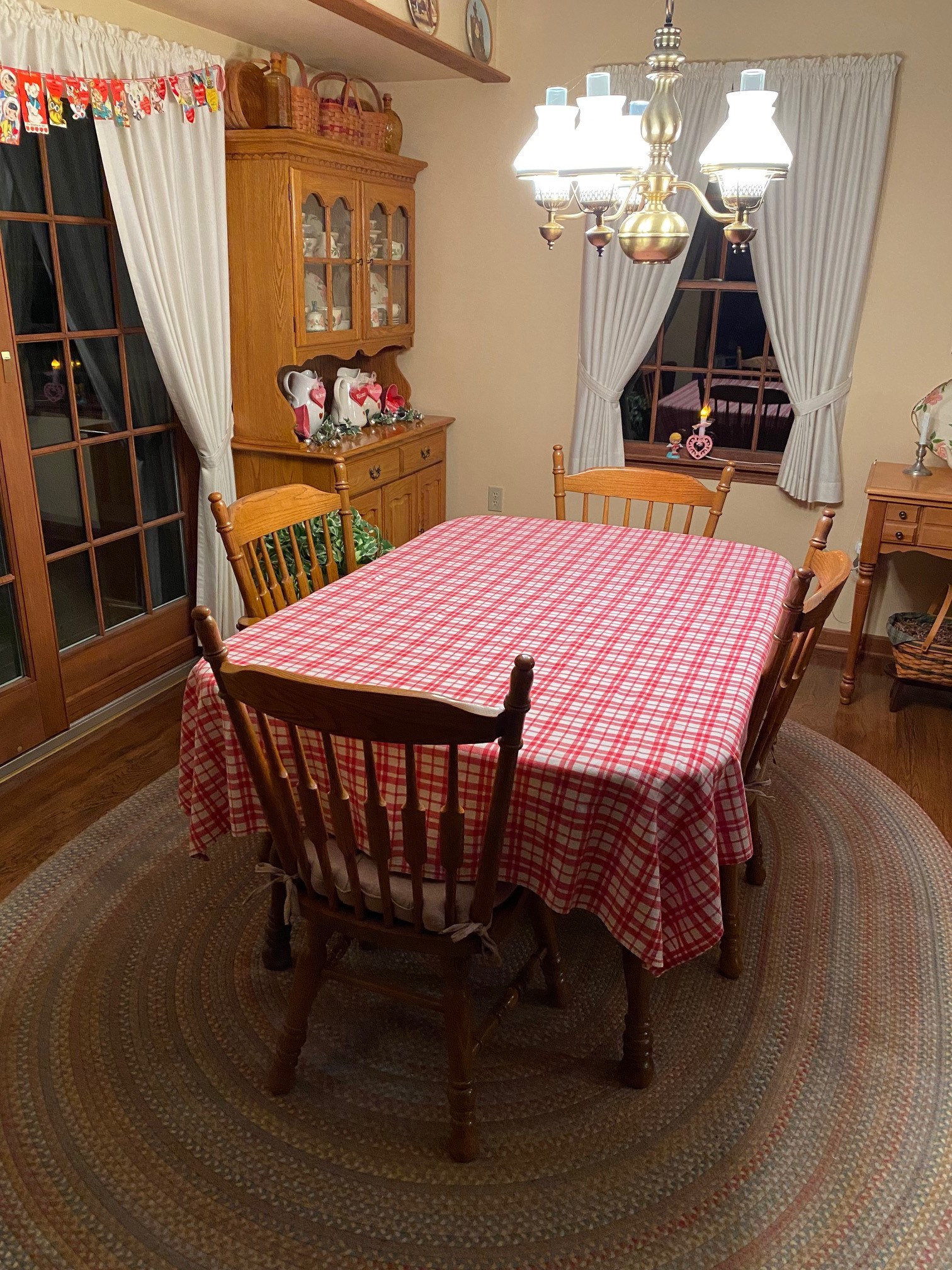
![]()
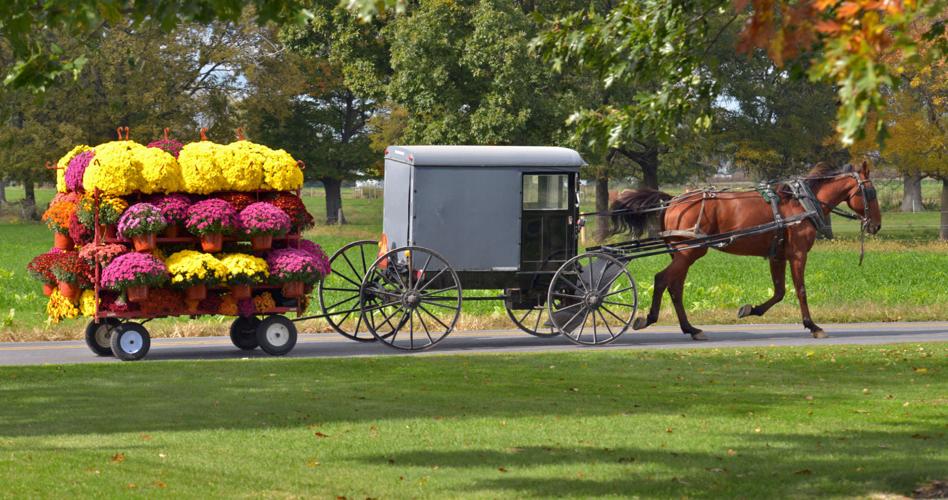
Views: 44
Amish go high tech.
When you think of the Amish do you think high tech? I never did until I picked up a local magazine in Amish country in Middlefield, Ohio.
Middlefield is located in northeastern Ohio, just west of Mosquito Lake and borders neighboring town Burton. Middlefield is home to 2,710 people and continues to be a major location known for its Amish community. It is well regarded as the fourth largest Amish settlement in America.And they are more modern then you would think. High tech buggies?
Still horse and buggy, but what’s under the hood. How about heated seats. A dash console with LED components and switches for headlights, taillights and turn signals, all powered by a lithium battery.
And do you think that the horse drawn buggy when needed to stop is the horse doing that all by its self? No my friends they have hydraurlic brakes.
![]()

Views: 67
Heard it in a love song.
With love on everyone’s minds, chances are you’re looking for a playlist of love songs to embrace the romance in your life. We’ve got you covered! Whether you’re a rock-solid couple approaching a golden anniversary or just excited for a first date (or third—we see you!), these tracks capture the feelings of infatuation, falling in love and sticking it out through thick and thin, better or worse.
Listen to these love songs (we’ve listed ’em in no particular order) with whoever’s lucky enough to be in your heart.
So if you have a favorite, go and post it.
![]()
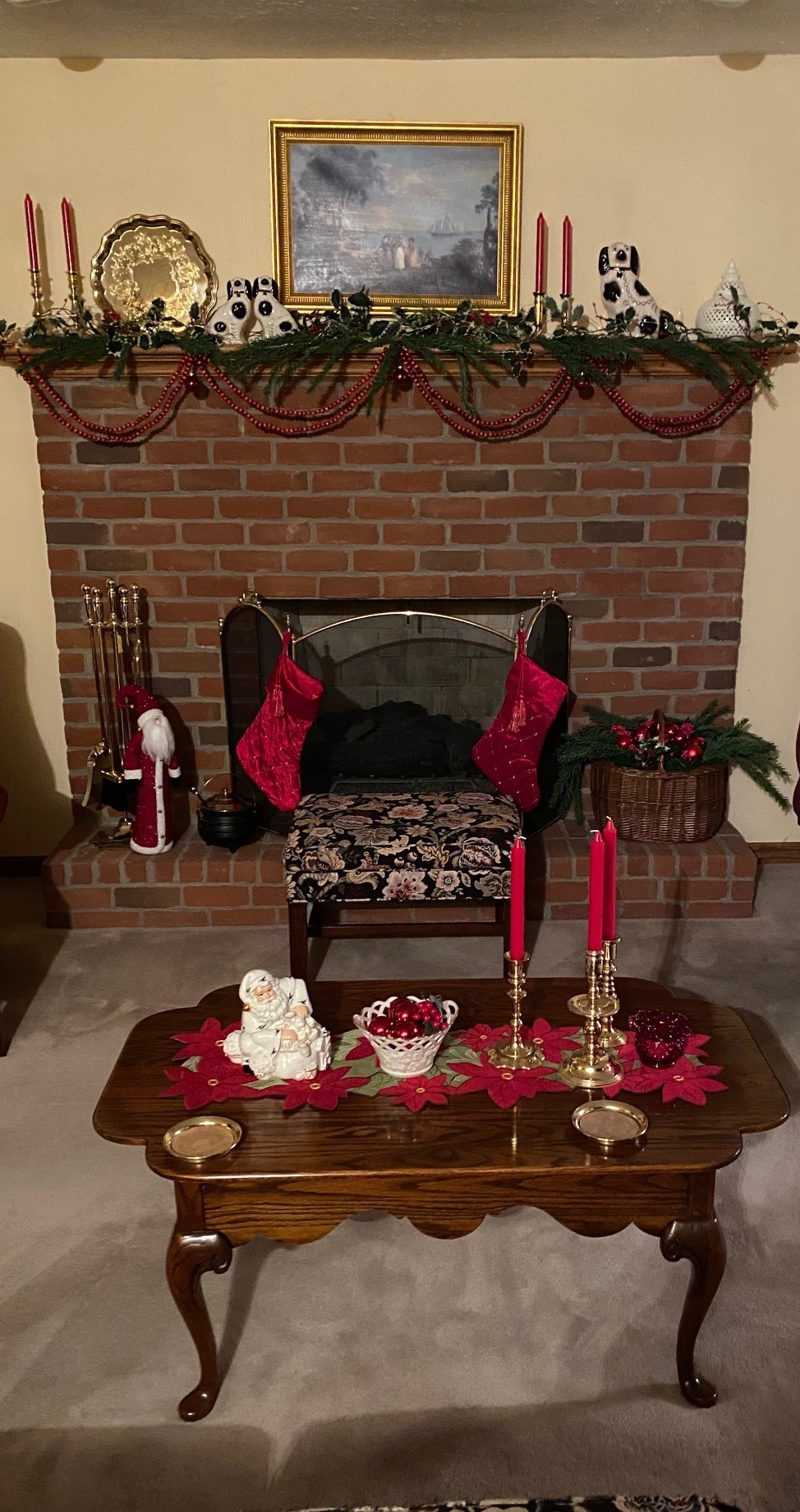
Views: 32
Holiday decorations at the MC House.
I’m really late this year. Hopefully you enjoy the decorations as much as we enjoy putting them up. But truth be told, my wife and daughter do most of it.
I take the lousy pictures and carry the boxes up from the basement. Oh and I help with putting the ornaments on the tree.
So on this Christmas morning I want to wish all a very Merry Christmas.
You’ll find more pictures in the comments section.
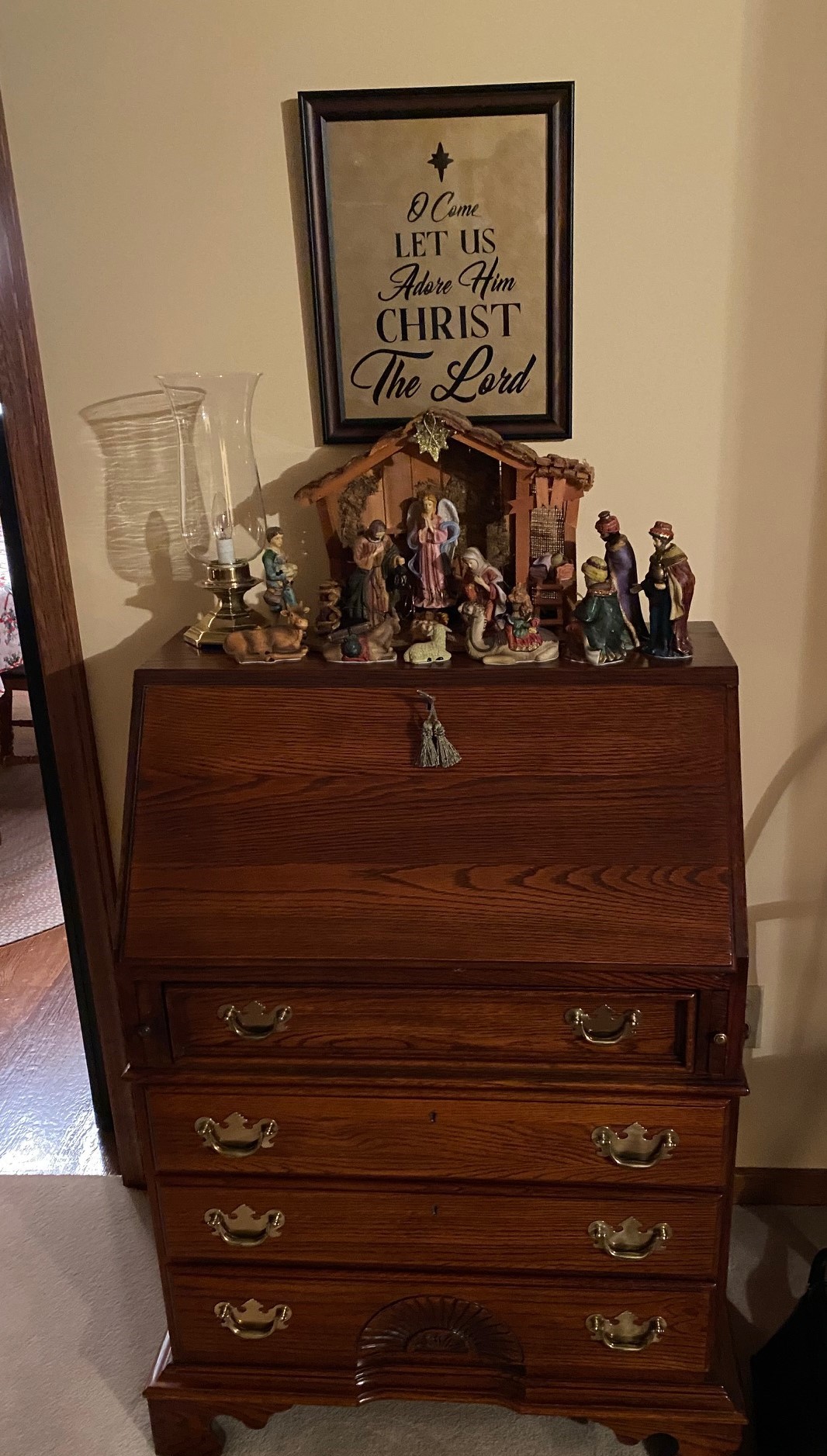
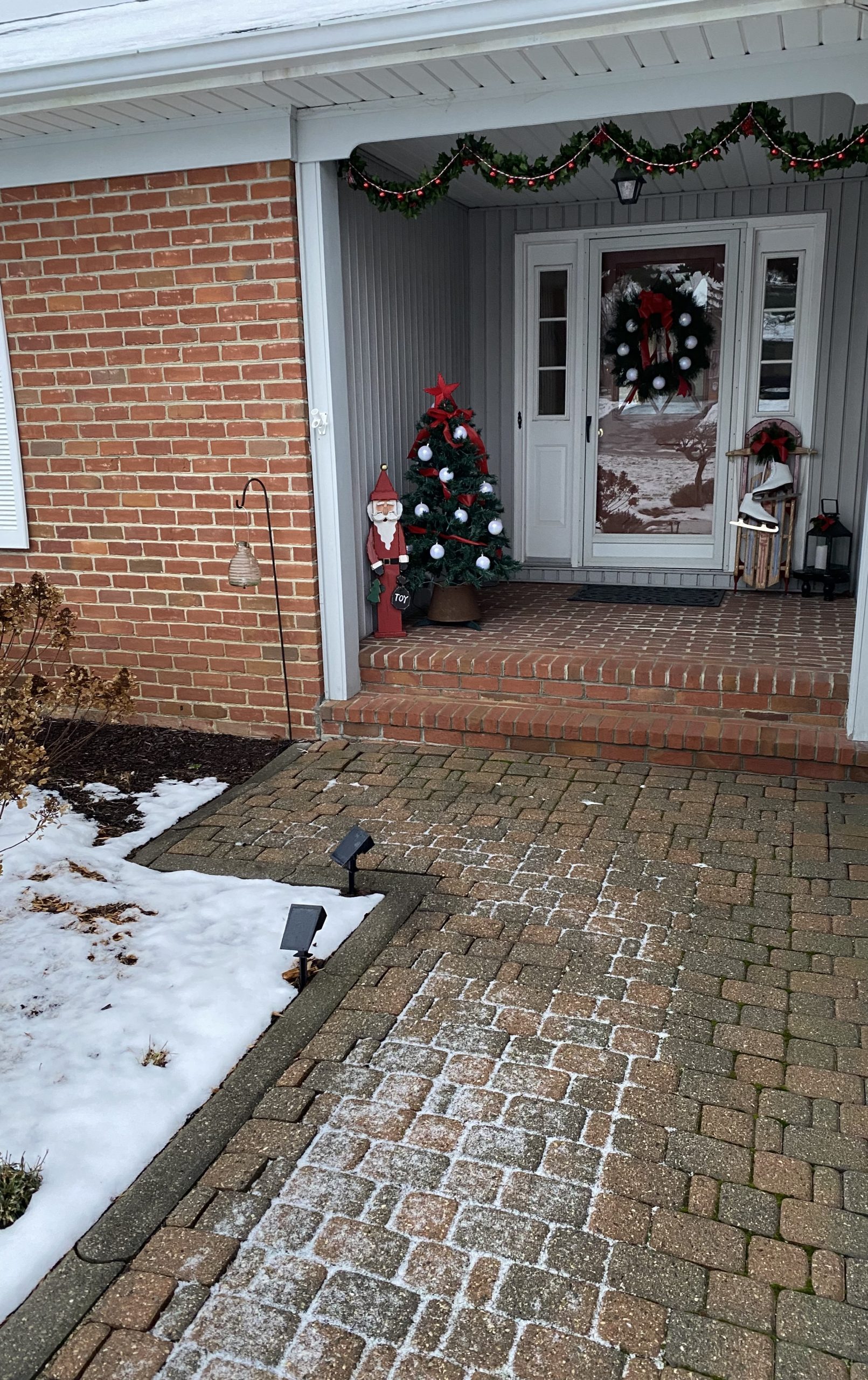
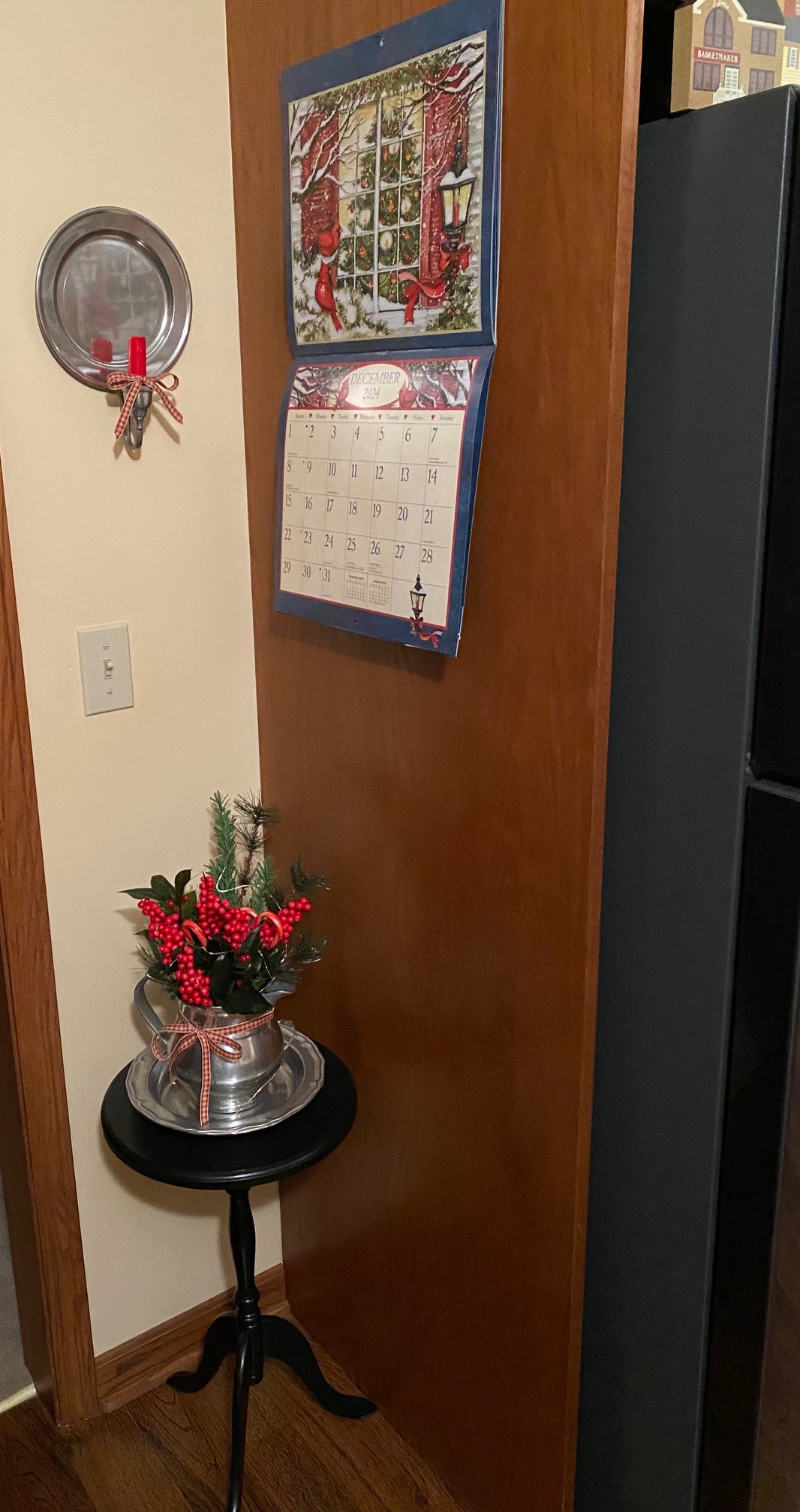
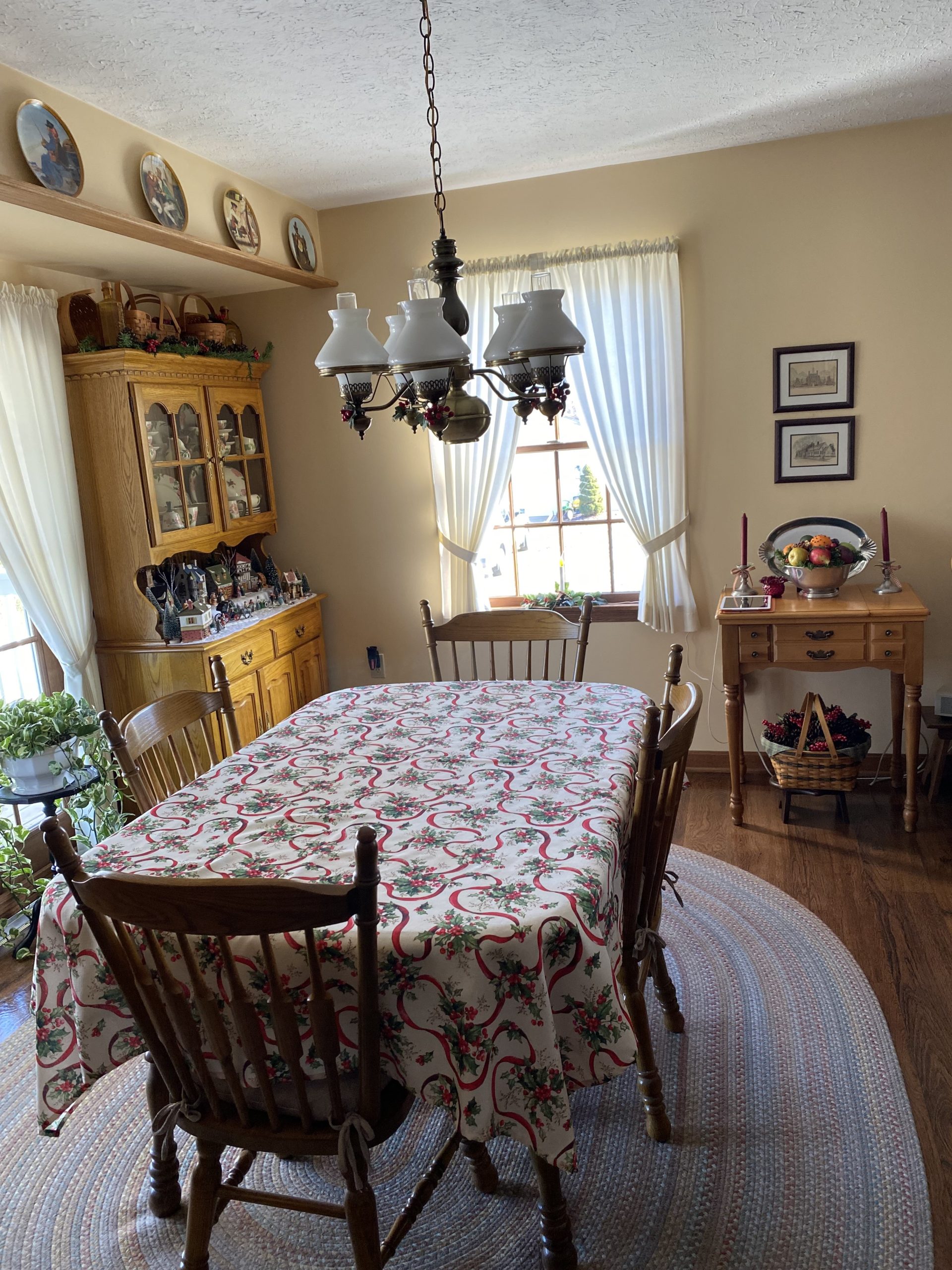
![]()
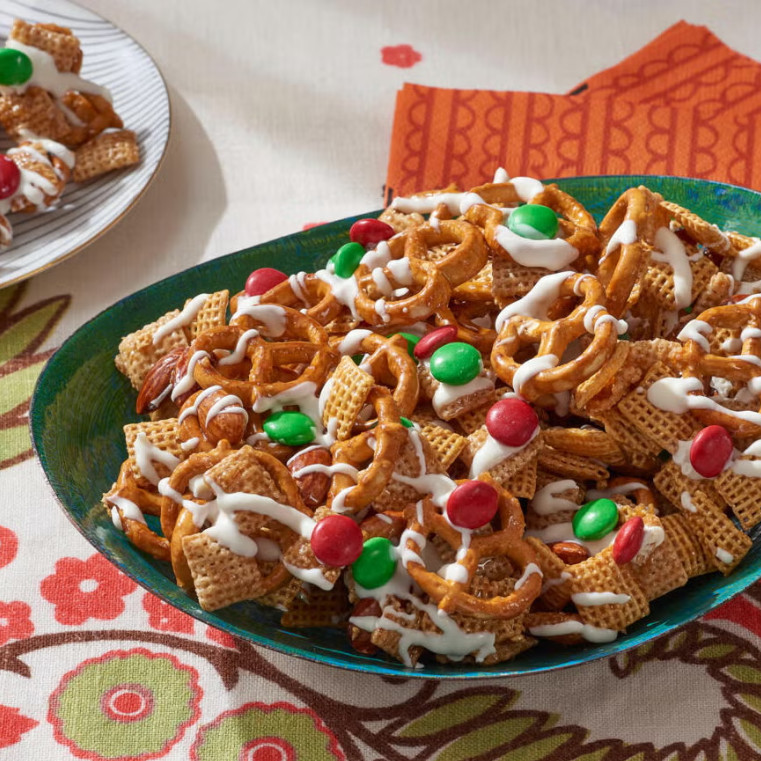
Views: 27
Source: https://www.thepioneerwoman.com/food-cooking/recipes/a37758046/christmas-chex-mix-recipe/
cups corn and/or rice cereal squares (such as Chex)
mini pretzels
salted roasted almonds
salted butter
honey
sugar
ground cinnamon
vanilla extract
white chocolate chips
coconut oil
red and green M&M’s
Directions:
![]()

Views: 6
Gingerbread Cake Rolls.
INGREDIENTS (Serves 10)
For the Cake:
3 eggs
½ C. sugar
¼ sugar-free applesauce
½ C. molasses
1 C. flour
1 tsp. baking powder
2 tsp. ground cinnamon
½ tsp. ground allspice
1 tsp. ground ginger
½ tsp. salt
Powdered sugar
For the Filling:
1 C. heavy cream
2 T. powdered sugar
½ tsp. clear vanilla
5 T. eggnog
DIRECTIONS
Preheat your oven to 350°. Spritz a 10×15ʺ rimmed baking sheet with cooking spray, line with parchment paper, and spritz the paper. Set aside.
For the cake, in a big mixing bowl, beat the eggs on high speed for 5 minutes. Gradually beat in the sugar, applesauce, and molasses. In a separate bowl, stir together the flour, baking powder, cinnamon, allspice, ginger, and salt; add to the egg mixture. Beat until blended, and spread evenly in the prepared pan.
Bake 15 to 18 minutes, until done. Immediately turn the cake out onto a kitchen towel sprinkled liberally with sifted powdered sugar; remove the paper. Starting at a narrow end, carefully roll up the towel and the cake together and let stand for a couple of hours until cool.
For the filling, beat the cream, powdered sugar, and vanilla until soft peaks form. Add the eggnog a little at a time, beating until stiff peaks form.
Carefully unroll the cooled cake and spread about half the whipped cream evenly over the top; reroll the cake without the towel. Chill at least 2 hours and up to 24 hours before slicing. Serve the cake with the remaining whipped cream.
![]()

Views: 46
Let’s start the week with a free for all. I’ve been away from this website for a while, so let’s start the week with some music to soothe the soul. Nothing does that better than a free for all Monday.
I’m best defined by my love for classic rock,but I can get funky when the need arises.
![]()
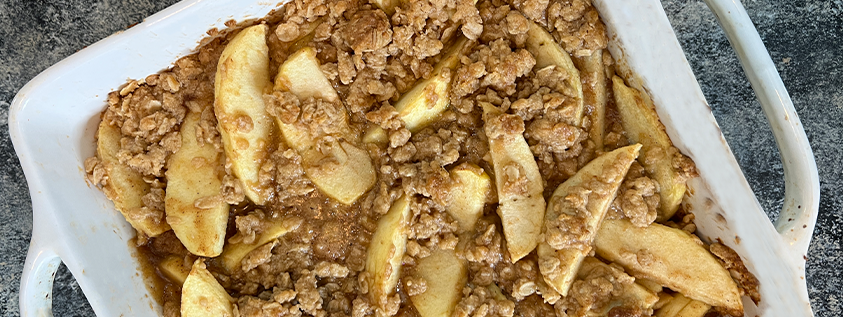
Views: 16
Apple Crisp.
When it comes to fall, one of the most traditional and favorite recipes is apple crisp. It’s just the most perfect dessert for this time of year. Crisp apples with a crumbly oat topping is just so easy to make and will definitely satisfy your sweet tooth.
![]()
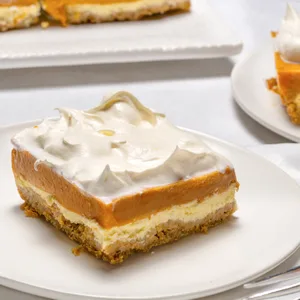
Views: 8
Pumpkin Torte.
This pumpkin torte is rich and creamy, with beautiful orange hues, making it ideal for fall celebrations.
![]()

Views: 11
Easy Listening. Easy listening is a popular music genre and radio format that was most popular during the 1950s to the 1970s. It is related to middle-of-the-road music and encompasses recordings of hit songs, non-rock vocals and covers of selected popular rock songs.
Easy listening music is often confused with lounge music, but while it was popular in some of the same venues it was meant to be listened to for enjoyment rather than as background sound.
Let’s play what I call easy listening. All genres have it. So play your favorites. Below are a few of mine.
![]()

Views: 19
Fry a Spanish Egg.
I’ll take my eggs in just about any way, shape, or form, but a fried egg has long been my favorite. Fried eggs are almost foolproof to make and can turn just about anything into a hearty meal, from a pile of sautéed gr
To prepare a Spanish fried egg, pour about 1/4-inch of olive oil into a small, heavy skillet. Heat it over medium-high heat until it’s extremely hot (but not smoking). Crack 1 egg into a ramekin or mug. When the oil is hot, carefully slip the egg in and reduce the heat to medium-low. Then spoon some of the oil over the egg as it cooks. Remove the egg with a slotted spoon after no more than 1 1/2 minutes (when the white puffs and becomes crispy and golden-brown around the edges, and when the yolk still jiggles). Serve sprinkled with a bit of flaky salt and freshly ground black pepper
![]()

Views: 18
Easy Mexican Casserole.
1 pound ground beef
2 tablespoons taco seasoning
1 can crushed tomatoes 15 oz
12-16 corn tortillas cut into quarters
1 cup sour cream
2 cups shredded cheddar cheese
![]()

Views: 15

What’s impossible about this buttermilk pie: that it forms its own crust, or that it tastes as delicious as it does? Turns out, neither! Make this amazing impossible buttermilk pie for a dessert that has to be tasted to be believed.
![]()

Views: 24
Grilled Chicken Tenders.
You’ll only need a few simple ingredients to make this recipe. The exact measurements are included in the recipe card below. Here’s an overview of what you’ll need.
Serve them with a salad for the ultimate easy meal. A few favorite salads to serve with them are homemade coleslaw, creamy cucumber salad, broccoli salad, and cherry tomato salad (as shown in the photo on this page).
2 tablespoons olive oil – extra-virgin
![]()